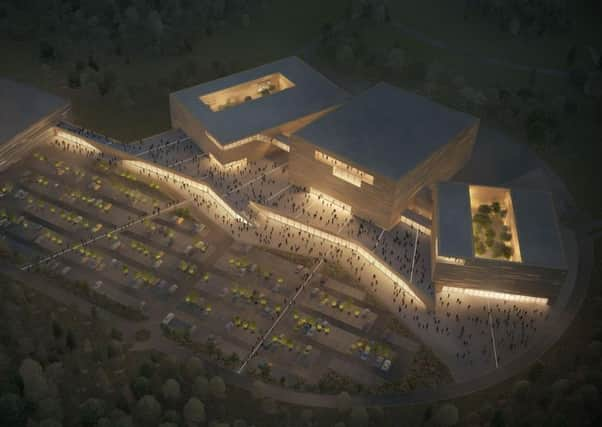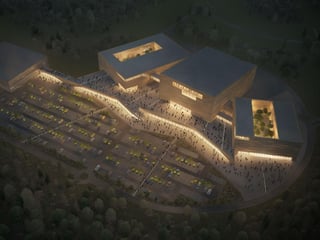Edinburgh arena plans may be an unhelpful distraction – Brian Ferguson


It is Saturday afternoon and spirits are high on the packed train heading north out of Edinburgh to Aberdeen. The copious carry-outs are a clue, but by the time I arrive in the city for the Scots Trad Music Awards it is obvious it is not the only show in town.
An army of Rod Stewart fans descended on the city for his final Scottish show of the year and one of the biggest to be staged so far at Aberdeen’s new 15,000-capacity P&J Live arena. His fanbase in Edinburgh had no option but to travel to Aberdeen or to his recent shows at the SSE Hydro arena in Glasgow, if not further afield. The closest they could get would be the jukebox musical Some Guys Have All The Luck at the Playhouse. Meanwhile Aberdeen is gearing up to host one of its biggest ever events, the BBC Sports Personality of the Year awards.
Advertisement
Hide AdAdvertisement
Hide AdThese are two events which offer Edinburgh a tantalising glimpse of what could be delivered if the latest plans for an indoor events arena can be realised. Anyone new to the city, or viewing the impressive website for the proposed Edinburgh International Arena from afar, could be forgiven for wondering why there has been a muted reaction to the plans for the 8,000-capacity complex.
After all, why would the city not want to be “assured a pipeline of the world’s greatest entertainment talent” within the next few years, given its status as a global cultural capital? A degree of scepticism is understandable. The city has seen proposals for indoor arena schemes come and go at regular intervals over the last two decades, without any getting near the starting blocks.
The announcement from Lothian Leisure Development, “an entertainment, leisure and sports venue consultancy” based in Leeds and Edinburgh, would have been accorded much less credibility had it not secured the backing of the NEC Group, which is behind Birmingham’s hugely successful arenas, for its plans.
Perhaps the most glaring thing about the announcement was the description of the proposed 30-acre site for the development at Straiton being “just outside Edinburgh city centre”, rather than in another local authority area entirely, Midlothian.
I would also have expected an announcement of such a magnitude to have involved the city council, given how the arena is being marketed and who it is being pitched at. Of course, the arena would not be built on its own and there is little doubt that the new conference, retail and leisure facilities, a cinema and hotels would be in direct competition with those in Edinburgh city centre, in particular at the long-awaited St James project, which is due to open for business by this time next year.
However I can’t help but feel that the arena proposals may up proving an unhelpful distraction from efforts to improve the live music infrastructure in the city itself. Long-awaited proposals to overhaul Leith Theatre, which dates back to 1932 but is only occasionally opened for festivals, and replace the Ross Bandstand, which was opened in Princes Street Gardens in 1935, have gradually built up momentum in recent years.
A deal to build a flagship new concert hall next to the St James development has secured £25 million worth of backing from the Scottish and UK governments and the city council and planning permission. Yet all of these are still several years away.
With Edinburgh having lost a string of small and medium-sized venues over the last 20 years, it strikes me that the onus should be on the city to ensure adequate replacements are found and existing facilities brought up to scratch.
